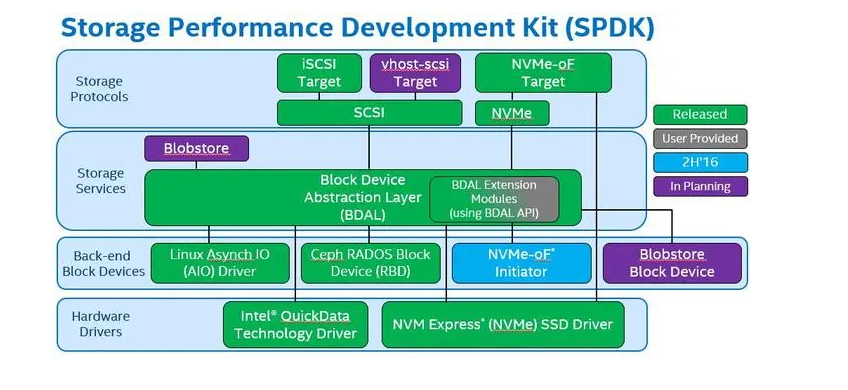下面是一个基于Go语言编写的简单DNS客户端示例,可以发送DNS请求并解析响应:
package main
import (
"fmt"
"net"
)
func main() {
domain := "example.com"
dnsServer := "8.8.8.8"
// 连接DNS服务器
conn, err := net.Dial("udp", dnsServer+":53")
if err != nil {
fmt.Println("连接DNS服务器失败:", err)
return
}
defer conn.Close()
// 构造DNS请求报文
msg := make([]byte, 512)
msg[0] = 0x12 // 设置标识符(可以是任意值)
msg[2] = 0x01 // 设置查询数为1
// 添加查询问题部分
idx := 12
for _, c := range domain {
msg[idx] = byte(c)
idx++
}
msg[idx] = 0x00 // 结束标志
idx++
msg[idx] = 0x00 // 查询类型为A记录
idx++
msg[idx] = 0x01
idx++
msg[idx] = 0x00 // 查询类别为IN(Internet)
idx++
msg[idx] = 0x01
idx++
// 发送DNS请求报文
_, err = conn.Write(msg[:idx+1])
if err != nil {
fmt.Println("发送DNS请求失败:", err)
return
}
response := make([]byte, 512)
n, err := conn.Read(response)
if err != nil {
fmt.Println("接收DNS响应失败:", err)
return
}
fmt.Println("收到DNS响应:")
parseResponse(response[:n])
}
func parseResponse(response []byte) {
// 解析响应报文
idx := 0
// 跳过头部和查询问题部分
for response[idx] != 0x00 {
idx++
}
idx += 5
fmt.Println("回答资源记录数:", int(response[idx])<<8|int(response[idx+1]))
idx += 6
// 解析回答部分的资源记录
for idx < len(response) {
if response[idx]&0xC0 == 0xC0 {
idx += 2
continue
}
if response[idx] == 0x00 {
break
}
if response[idx] == 0xc00c { // 压缩指针的标识符(跳转到域名开头)
idx = int(response[idx+2])
continue
}
// 获取域名字符串
domain := ""
count := int(response[idx])
idx++
for i := 0; i < count; i++ {
if len(domain) > 0 {
domain += "."
}
domain += string(response[idx : idx+int(response[idx])])
idx += int(response[idx]) + 1
}
// 解析资源类型、类别和TTL等信息
recordType := int(response[idx]<<8 | response[idx+1])
idx += 8
dataLength := int(response[idx]<<8 | response[idx+1])
idx += 2
ipData := make([]byte, dataLength)
copy(ipData, response[idx:idx+dataLength])
switch recordType {
case 1:
fmt.Printf("A %s => %d.%d.%d.%d\n", domain, ipData[0], ipData[1], ipData[2], ipData[3])
case 28:
fmt.Printf("AAAA %s => %x:%x:%x:%x:%x:%x:%x:%x\n", domain, ipData[0:2], ipData[2:4],
ipData[4:6], ipData[6:8], ipData[8:10], ipData[10:12],
ipData[12:14],ipData[14:])
default:
fmt.Printf("未知记录类型:%d\n", recordType)
}
idx += dataLength
}
}
在示例代码中,我们首先构造了一个DNS请求报文,并通过net.Dial方法连接到指定的DNS服务器。然后,我们使用conn.Write发送DNS请求报文,并使用conn.Read接收DNS服务器返回的响应数据。
解析响应部分通过遍历回答部分的资源记录来提取相应的信息。对于A记录和AAAA记录(IPv4和IPv6),我们从响应中提取IP地址并打印出来。
请注意,在实际开发中,需要进行错误处理、更全面地解析DNS报文以及处理其他类型的资源记录等。此示例仅用于演示基本的DNS客户端操作。
参考资料:
- Go标准库:https://golang.org/pkg/
- DNS协议:https://www.ietf.org/rfc/rfc1035.txt
内容由零声教学AI助手提供,问题来源于学员提问





















